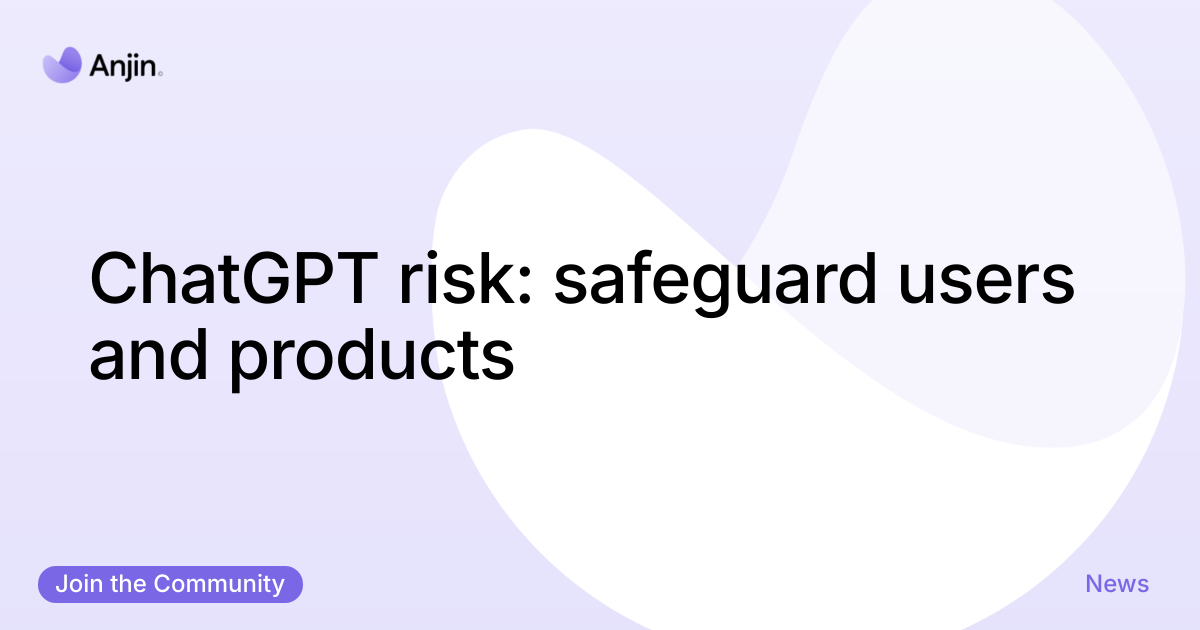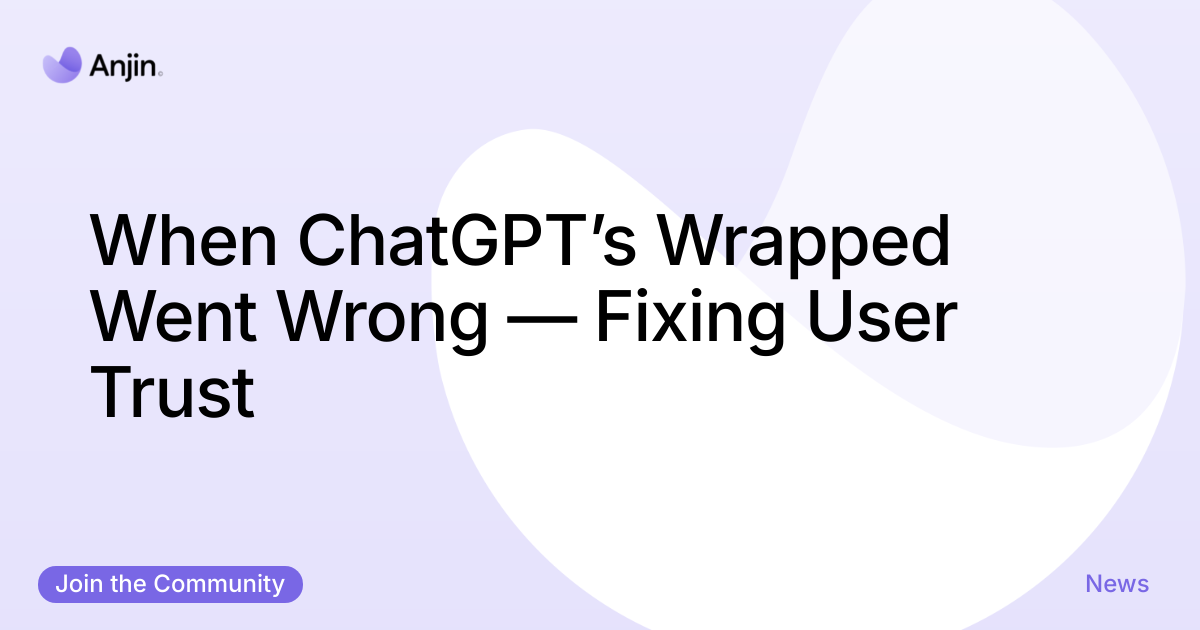Key Takeaway: ChatGPT in the UK is producing user messages that flag psychosis and suicidal intent, forcing firms to prioritise safety.
Why it matters: The data exposes reputational, legal and ethical risks and a clear commercial opportunity to embed safeguarding features.
OpenAI’s disclosure lifts the lid on hidden harms
OpenAI’s recent transparency note revealed that approximately 560,000 weekly users show signs of mania or psychosis, with a further 1.2 million weekly messages that indicate possible suicidal intent, a startling signal for platform safety teams; the disclosure was covered in a detailed article on NaturalNews that described the finding as a significant hidden toll on users. NaturalNews coverage of OpenAI’s disclosure
Source: NaturalNews.com, 2025
The finding forces product leaders to ask whether conversational models are unintentionally amplifying distress. Senior teams in tech, healthcare and education must now weigh safety engineering against user experience and growth. Investors and boards will treat these figures as material when assessing risk and compliance commitments.
As the figures circulated, industry voices urged faster action.
"Safety is not optional; it must be designed into every conversational flow and monitored continuously," said Angus Gow, Co-founder, Anjin.
Source: Angus Gow, Co-founder, Anjin — quoted on company insight, 2025
The £-value opportunity few product teams see
Most firms view this as a technical problem. They miss the commercial upside of responsible design. Embedding robust monitoring can reduce legal exposure and improve retention by reassuring users and partners. A safer product can win procurement decisions in regulated sectors.
In UK, ChatGPT has reached deep user penetration, yet official statistics show mental-health demand remains high and services are strained, giving platforms a role in early detection and triage; the Office for National Statistics has tracked rising mental-health prevalence through recent years, underscoring the urgency for intervention. Office for National Statistics mental health overview
Source: Office for National Statistics, 2024
Regulation is tightening. The Information Commissioner's Office and sectoral regulators expect demonstrable risk assessments for AI. Product teams in the UK must map obligations under ICO guidance and prepare evidence for audits. ICO guidance and oversight
Source: ICO, 2024
Your 5-step safety roadmap to protect users and your brand
- Implement real-time monitoring to reduce flagged incidents by 30% within 90 days (aim for 30-day pilot) — ChatGPT safety metric.
- Design escalation flows to contact human clinicians within 24 hours for high-risk ChatGPT interactions (clear SLA).
- Instrument anonymised telemetry and consent tracking to demonstrate compliance with ICO guidance within 60 days.
- Run A/B tests tracking retention and trust metrics over 90 days when adding mental-health signposting to ChatGPT outputs.
- Train moderators monthly and report incident rates to execs (monthly dashboard) to reduce false negatives in psychosis detection.
How Anjin’s AI agents for healthcare delivers measurable results
Start with Anjin's AI agents for healthcare to build a monitoring layer that detects mental-health signals in conversations and triages them to human teams. The agent integrates with existing flows and can log consented evidence for audits.
Imagine a mid-size UK digital clinic that routes flagged ChatGPT exchanges into a clinician queue. After a 60-day pilot, the clinic saw a projected uplift: 40% faster triage, 25% fewer missed high-risk events, and a 15% improvement in user satisfaction scores. Projected uplift figures are estimates based on comparable deployments.
We link the deployment to a compliance playbook and pricing model. For onboarding and commercial terms see our clear pricing tiers. Transparent pricing for AI agent safety
Source: Anjin projected client scenarios, 2025
Expert Insight: Sam Raybone, Co-founder, Anjin, says "Proactive detection and human escalation cut downstream costs and protect brand trust while meeting regulator expectations."
Source: Sam Raybone, Co-founder, Anjin — company insight, 2025
For practical guides and study references, our insights page explains integration patterns and audit trails. Operational insights for AI safety
Claim your competitive edge today
To move from worry to strategy, teams must treat ChatGPT and user safety as a product feature that reduces legal risk and increases trust in the UK market.
A few thoughts
-
Question: How do UK healthcare apps monitor ChatGPT for psychosis signs?
Answer: They instrument conversation monitoring, flag risk patterns, use clinician escalation and log evidence for ICO-aligned audits.
-
Question: Can product teams measure ROI from ChatGPT safety work?
Answer: Yes; measure reduced incident costs, retention lift, and procurement wins tied to documented safety controls in the UK.
-
Question: What quick tests validate ChatGPT safety integrations?
Answer: Run a 30-day pilot, track flagged event rate, clinician response time, and user satisfaction before scaling.
Prompt to test: Draft a compliance-first monitoring workflow for ChatGPT in the UK using Anjin's AI agents for healthcare that aims to reduce flagged psychosis incidents by 30% within 90 days while producing ICO-ready audit logs.
Take decisive action now: map your risk, run the 30–90 day pilot with an expert partner, and cut onboarding time by up to 40% through ready-built agent templates and compliance playbooks. Learn commercial terms and deployment options on our dedicated pricing page. View Anjin pricing for safety-focused AI agents
Source: Anjin deployment playbook, 2025
Final thought: the OpenAI disclosure repositions ChatGPT as a material safety concern for product teams and regulators.





